Geneva Day School’s Student-Scientists Spread their Wings with Butterfly Gardens
What has scales yet does not measure weight?
What is colorful yet does not glimmer as a rainbow?
What flies yet does not flutter as a bird?
This riddle and others like it challenge students at Geneva Day School. For years, this Maryland Green School has cultivated a butterfly friendly campus, earning its status as a Monarch Butterfly Waystation. Scholars therefore know to answer this brainteaser with a resounding “Monarch Butterfly”!
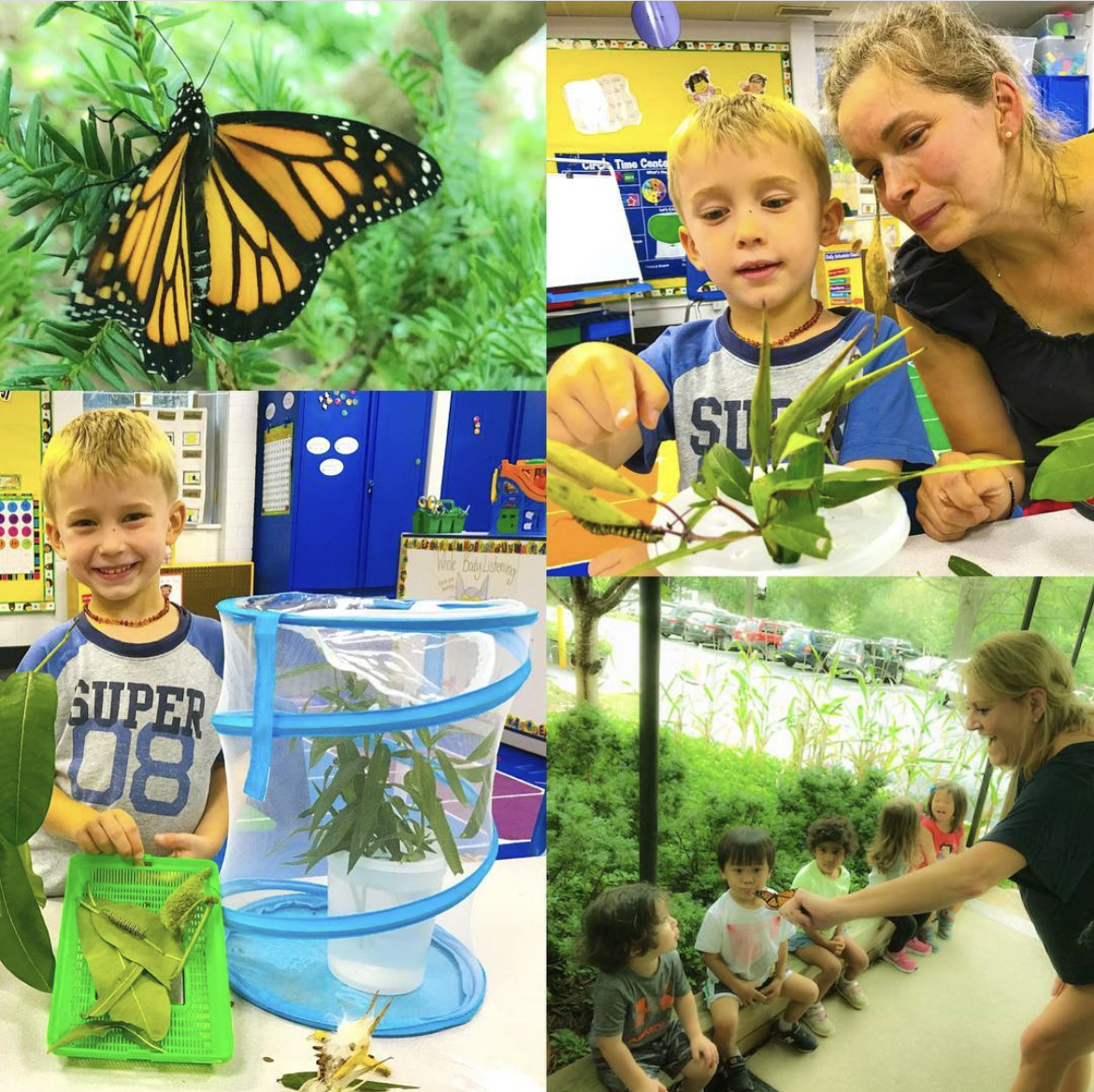 A Monarch Butterfly Waystation in Our Own Backyard
A Monarch Butterfly Waystation in Our Own Backyard
“At Geneva, students learn about the incredible migration that these butterflies undertake each year, flying thousands of miles to California and central Mexico for the winter,” stated Environmental Education Instructor, Ms. Anna Piper.
Also the school’s mascot, this splendid insect evokes the “distance” that young scholars undergo as they metamorphose into more mature students. Environmental Education advances Monarch-related lessons throughout the school’s spiraling curriculum.
Often led by Ms. Piper, “students get the unique experience to observe the lifecycle close-up in the Monarch Butterfly Waystation housed on Geneva grounds,” she explained.
Younger students listen to a telling of “The Hungry, Hungry Caterpillar”; older students chart their observations of the indoor-reared caterpillars; and PreK and Kindergarten students release the fully formed butterflies from captivity.
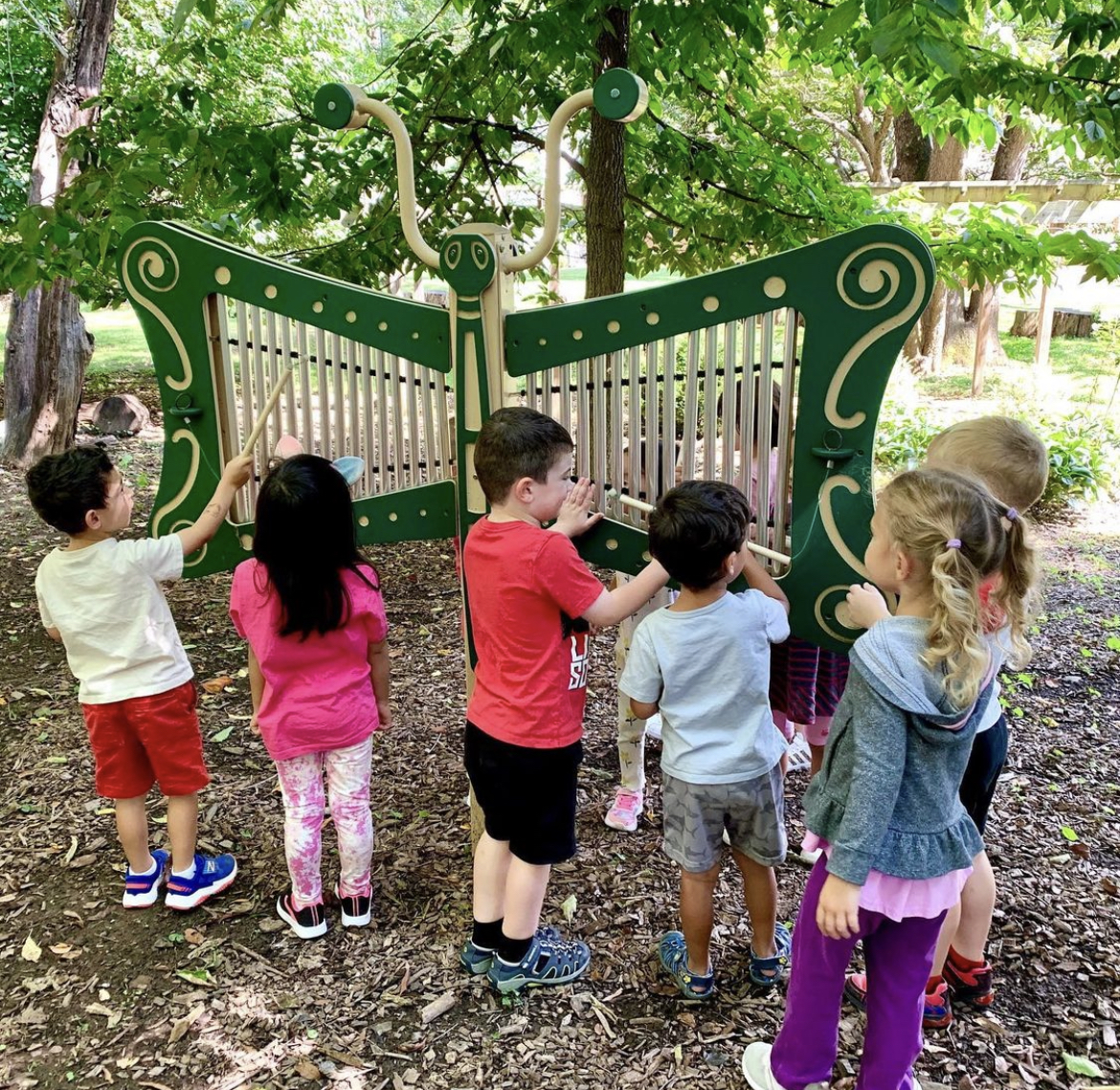 Protecting This Endangered Species
Protecting This Endangered Species
Now that the Monarch has been dubbed an “endangered species,” the school redoubles its efforts to instill appreciation of this important pollinator and inform as many as possible about how to assist by cultivating Butterfly Gardens.
“I am saddened that the Monarch Butterfly was officially designated as endangered by the International Union for Conservation of Nature, but I am also hopeful that this designation will shine a spotlight on the declining numbers of Monarch Butterflies and encourage individuals to take action,” said Ms. Piper.
Monarchs require points at which to rest, feed, regroup, and take off again for their final destination. They also need gentle habitats in which to lay their eggs so that young caterpillars may thrive, eventually weaving their chrysalises and metamorphosing into these “tigers of the sky.”
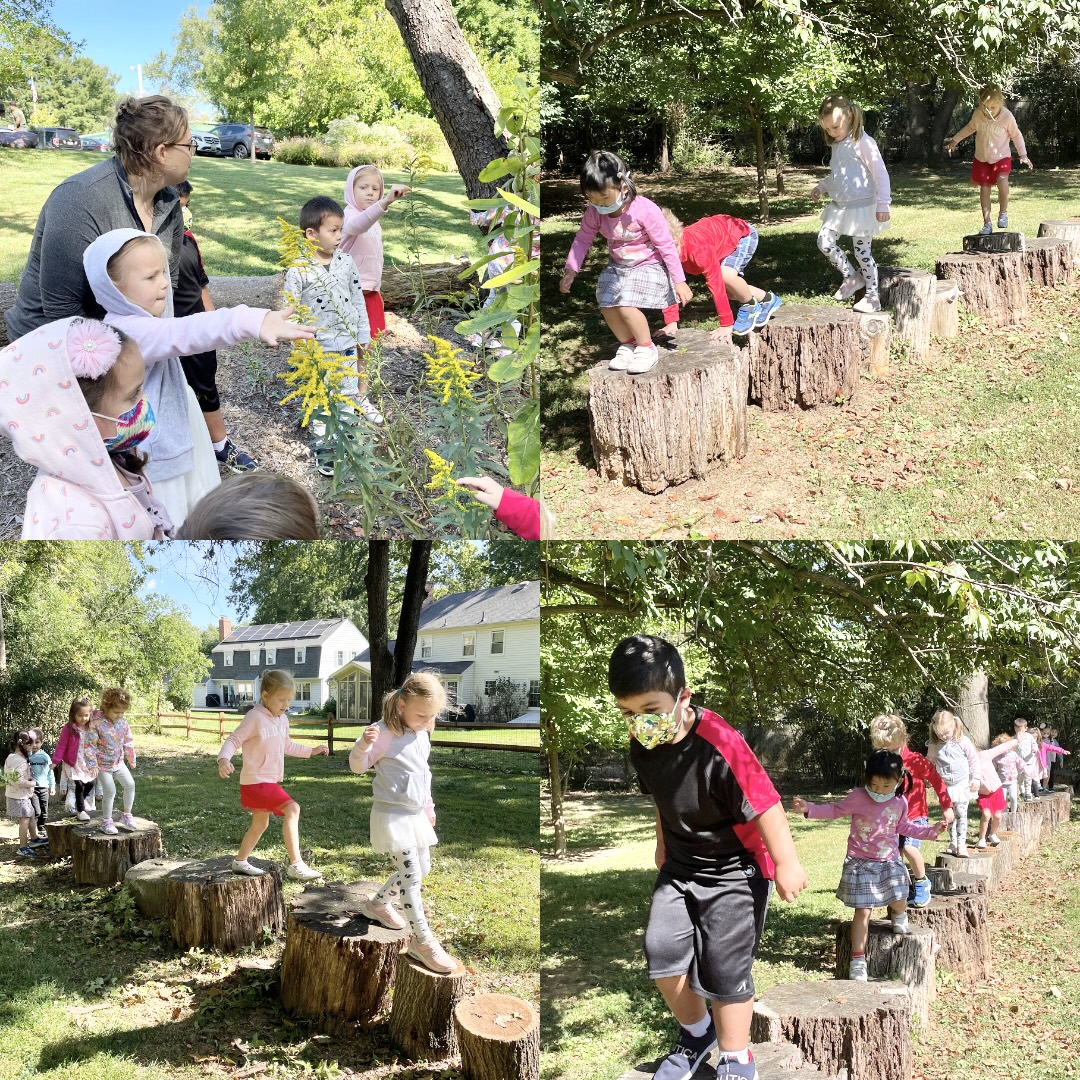 Students plant milkweed and when the moment is right, they harvest it. Providing “specimen caterpillars” reared indoors with this sumptuous feast, students get a refined view with magnifying glasses. They sing songs about them, practice flying with their “own wings” during play. Plus, imagine what it is like to undertake the “natural wonder” of their migratory pattern.
Students plant milkweed and when the moment is right, they harvest it. Providing “specimen caterpillars” reared indoors with this sumptuous feast, students get a refined view with magnifying glasses. They sing songs about them, practice flying with their “own wings” during play. Plus, imagine what it is like to undertake the “natural wonder” of their migratory pattern.
“Due to the number of Monarch Butterflies declining, there has also been a noticeable decline in Monarchs around Geneva,” explained Ms. Piper. She is hopeful that change might blossom, literally, from grassroots efforts.
Creating Butterfly Gardens
Even the most meager of milkweed plantings could exert positive change. Small plots of land at home, for example, could contribute to a trail of Monarch Butterfly sanctuaries. As of this summer, Geneva’s smallest hands assisted in planting Monarch Butterfly Gardens. Not only its traditional with milkweed, but also its International Gardens, which now devote their beds to this essential plant.
As Ms. Piper says, “Monarch Butterflies are possibly the most notable butterfly with their beautiful orange colors.” Be sure to keep your eyes peeled for their exceptional flight and moments of much-deserved rest. . . Their wings are comprised of delicate scales and any handling could compromise their hopes for aerodynamism.
So keep hands off and hopes high; the quest to assist Monarch Butterflies is the larger riddle worth solving.
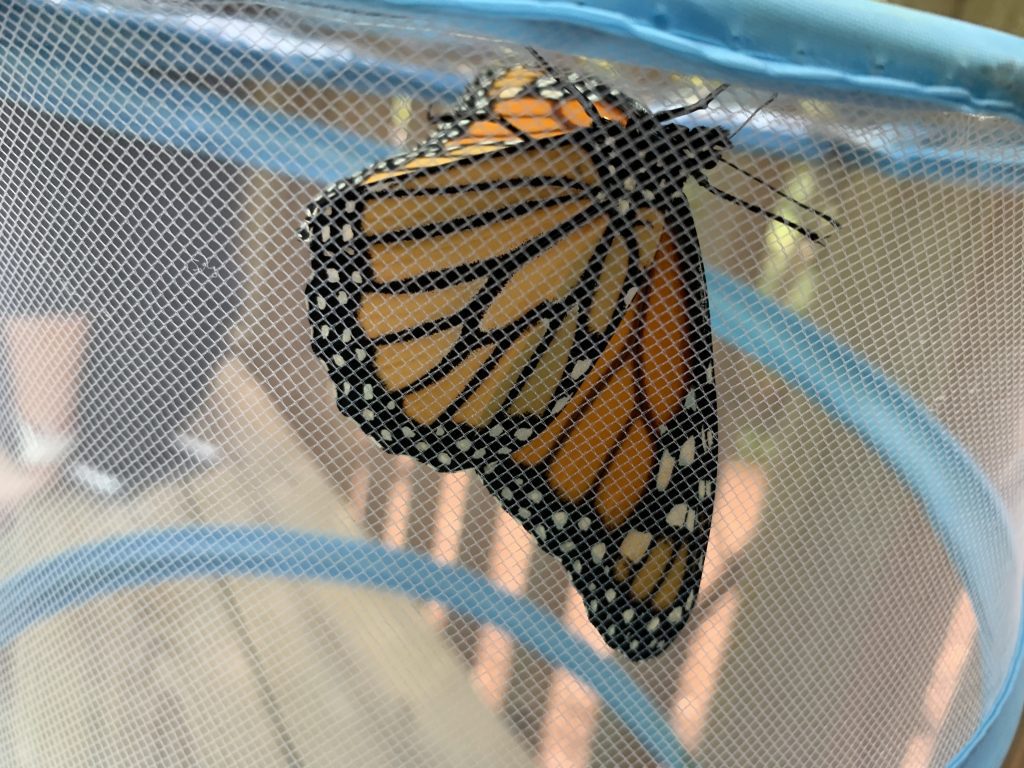
Apply to Geneva Day School
Applications for Academic Year 2022-23 can be found here.




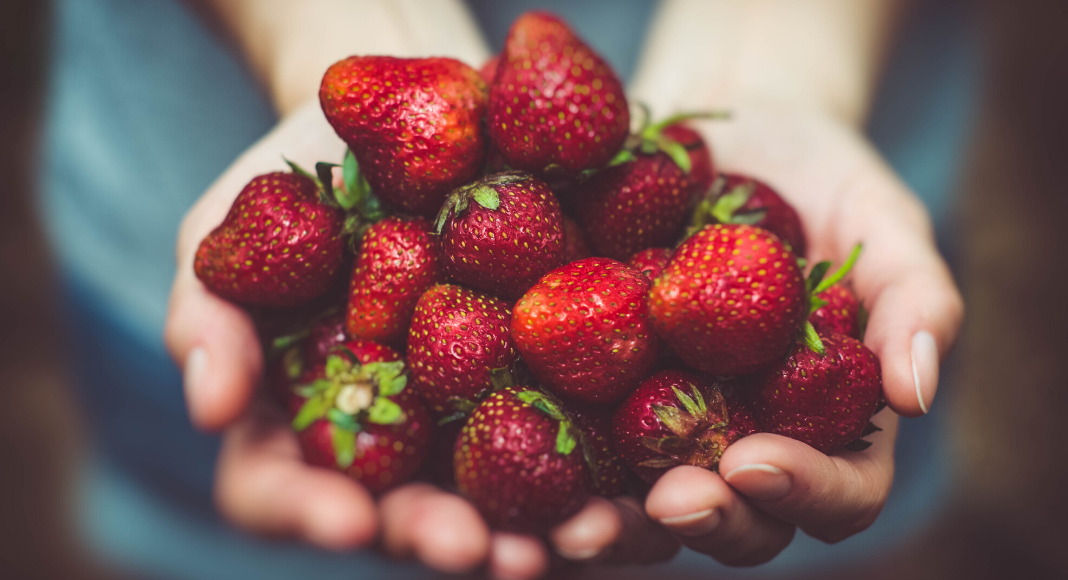
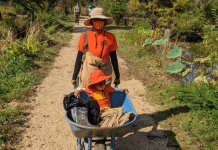


![Lauren Engler: Mom of the Month [April 2024]](https://dcmoms.com/wp-content/uploads/2024/04/Lauren-Engler-218x150.png)




